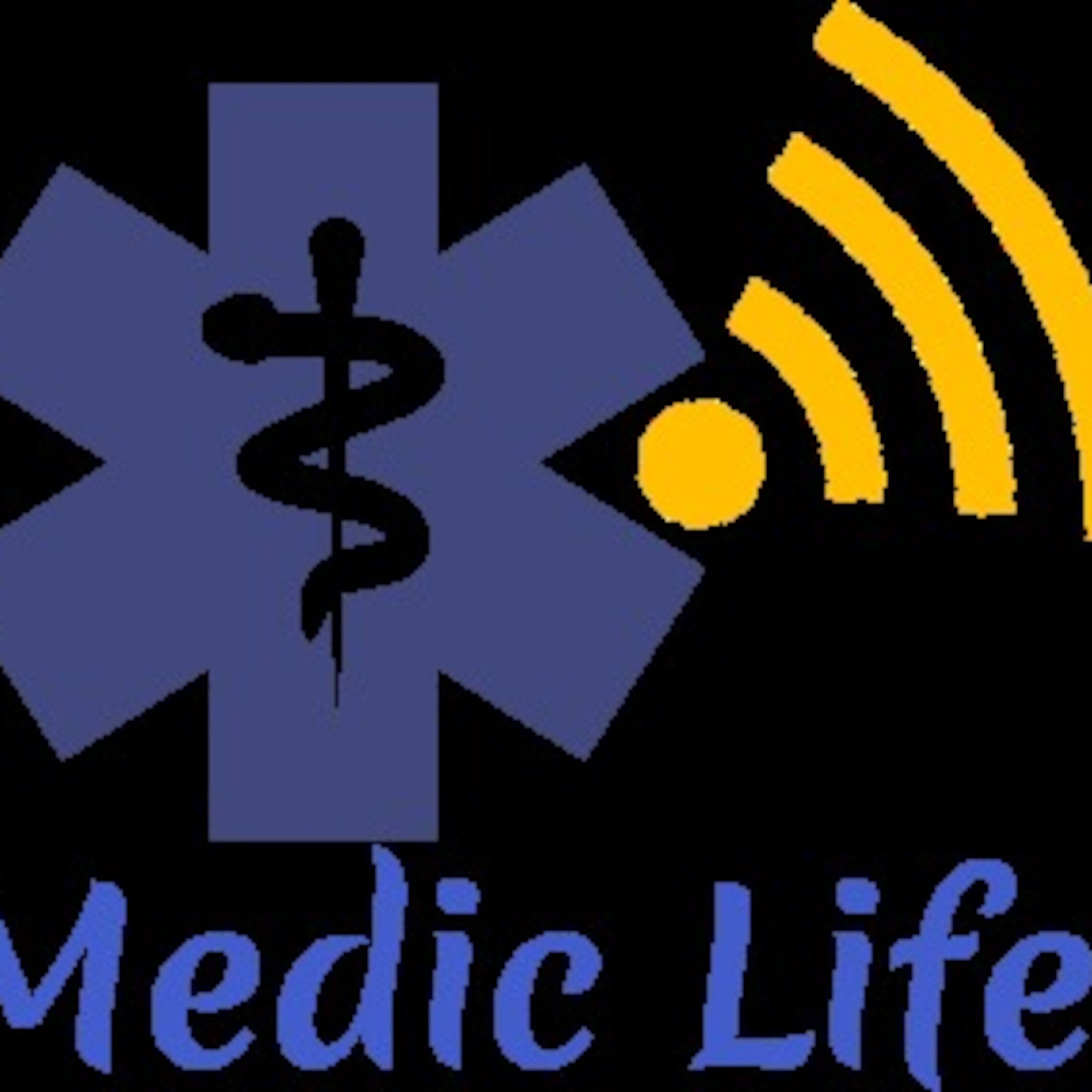 |
Frequency Specific Microcurrent PodcastAuthor: Dr. Carol & Kim Pittis
Frequency Specific Microcurrent was developed by Dr. Carolyn McMakin in 1995 using frequencies passed on from an osteopath in Canada who had a practice that came with a machine made in the 1920s. Dr. McMakin has written two books, "Frequency Specific Microcurrent in Pain Management" and "The Resonance Effect". Dr. McMakin has taught over 4000 medical practitioners FSM in her courses and has a new FSM clinic in Troutdale Oregon. Kim Pittis teaches the FSM Sports Course and has a private clinical practice where she works with some of the top athletes in the world. fsmsports365.com DISCLAIMER: The Frequency Specific Microcurrent Podcast (the "FSM Podcast") has been produced by Frequency Specific Seminars (FSS) for entertainment, educational, and informational purposes only. The information and opinions provided in the Podcast (i) are not medical advice; (ii) do not create any type of doctor-patient relationship; and (iii) unless expressly stated, do not reflect the opinions of its affiliates, subsidiaries, or sponsors or the host's or any podcast guests or affiliated professional organizations. No person should act or refrain from acting on the basis of the content provided in any Podcast without first seeking appropriate medical advice and counseling. No information provided in any Podcast should be used as a substitute for personalized medical advice and counseling. FSS expressly disclaims any and all liability relating to any actions taken or not taken based on any or all contents of this Podcast. Language: en Genres: Alternative Health, Health & Fitness, Medicine Contact email: Get it Feed URL: Get it iTunes ID: Get it |
Listen Now...
190 - Exploring Brain Fog, Autoimmune Disorders, and Sleep: Insights from Dr. Jen Sosnowski | FSM Podcast
Episode 190
Wednesday, 3 December, 2025
Carolyn McMakin, MA, DC - https://frequencyspecific.com Kim Pittis, LCSP, (PHYS), MT - https://fsmsports365.com 01:44 Upcoming Frequency Specific Microcurrent Courses and Changes 03:32 Dr. Sosnowski Introduction 04:45 Deep Dive into Functional Medicine 06:43 Challenges in Treatment and Patient Management 11:57 Brain Fog and Cognitive Impairment 32:41 Case Study: Autoimmunity and ALS 34:02 Treatment Approaches: Stem Cells and Microcurrent 35:41 Homeopathics and Personal Experiences 37:19 PTSD and Mental Health Protocols 42:46 Addressing Gluten Intolerance and Food Sensitivities 48:06 Managing EMF Sensitivity and Complex Cases 52:16 Hypnotherapy and Anxiety Management ## Understanding Brain Fog and Its Underlying Causes Brain fog is a common yet often overlooked condition, impacting the cognitive functions of many patients. It can manifest due to various reasons, including long-term COVID-19 effects, traumatic brain injuries, autoimmune disorders, or nutritional deficiencies. Identifying the root cause is crucial for targeted treatment. Practitioners are encouraged to explore underlying issues such as inflammation, prior head injuries, and even dietary influences, as gluten sensitivity is known to contribute to brain fog. ### Treatment Protocols: - Employ FSM brain fog protocols tailored to the suspected underlying cause. - Combine FSM with anti-inflammatory protocols and nutritional support to enhance cognitive function. - Consider functional medicine assessments for potential autoimmune influences contributing to cognitive impairment. ## Addressing Neurological and Autoimmune Disorders Neurological issues like frozen shoulder, anxiety, and depression often have deeper roots in systemic inflammation or autoimmunity. Understanding the interconnectedness of these conditions can aid in creating a more holistic treatment plan. ### Approach: - Employ FSM protocols for inflammation and specific tissue types to alleviate physical symptoms and improve mobility in cases like frozen shoulder. - In cases of anxiety or depression, consider FSM as part of a broader treatment plan that includes examining potential autoimmune components. - Education on the impact of environmental and dietary factors, such as gluten intake and mold exposure, can also be critical in managing these disorders. ## Supporting Detoxification and Chronic Conditions Patients with chronic illnesses such as Lyme disease, mold exposure, and multiple chemical sensitivities often experience heightened sensitivity to electromagnetic fields and other stimuli, complicating treatment. ### Strategies: - Begin treatments at low FSM intensity settings for highly sensitive individuals to prevent overwhelming detox reactions. - Use adjunctive therapies, such as detox supplements and homeopathic remedies, to support the body's natural detox pathways alongside FSM protocols. - Ensure thorough documentation of patients' responses to different treatments to continually adapt and refine therapeutic approaches. ## The Role of Functional Testing Functional testing can be invaluable in uncovering the hidden complexities of chronic conditions. Tests for autoimmune markers, food sensitivities, and chronic infections should be considered standard practice for patients presenting with persistent or complex symptoms. ### Testing Recommendations: - Conduct comprehensive panels to screen for autoimmune activity, chronic infections, and nutritional deficiencies. - Use test results to tailor FSM and other therapeutic interventions to address specific immune system challenges and support overall patient health. ## Enhancing Clinical Practice with FSM Integrating FSM into medical practice allows practitioners to offer a non-invasive and highly adaptable treatment option for a wide range of conditions.












